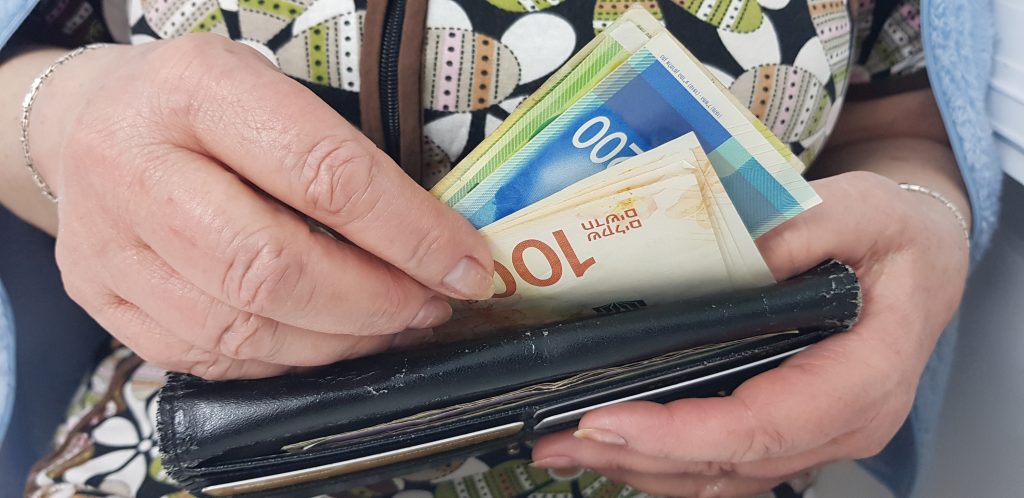EMV is an acronym for Europay, Mastercard, and Visa and is a standard of security for credit and – most recently – debit cards.
EMV technology aims to replace magnetic stripe technology on credit and debit cards. All cards still have a magnetic stripe on the back, because switching to EMV is a long process since many merchants still use swipe card readers at the point-of-sale (POS). Currently, all ATM card readers will get the information they need from the EMV chip.
Data stored on magnetic stripes is not secure because it is static, and it can be easily hacked. But, every time an EMV chip card is used at a POS, the chip generates a one-time code (a token) that is very effective against counterfeit.
Chip cards are inserted into a card reader rather than swiped; then the vendors require a second verification method, like a signature or a PIN to complete the sale. In some countries, the merchants may wave the verification requirement for small purchases.
Since signatures can be forged, they are not a real deterrent to fraud, and the major credit card companies have started doing away with them as of April 2018. Signing on the dotted line is slowly replaced by PIN codes, and, in the future by biometrics, according to credit card security experts. Credit cards still use the EMV chip and signature method, while debit cards have chip and PIN, and in rare instances, chip-PIN-signature functionality.
The purpose of EMV technology is to protect credit and debit cards against fraud at the point-of-sale. A survey by VISA revealed that “merchants who accept chip cards witnessed a 76% dip in card-present (CP) counterfeit payment fraud since the U.S. payments industry began the shift to EMV chip in 2011.”
sumup stated that “the EMV credit card processing transition has been 99.9% effective at preventing card-present fraud in Europe.”
These statistics are encouraging, but they only demonstrate how effective EMV is to prevent credit card and debit card fraud at POS. EMV cannot help against card-not-present (CNP) incidences, which happen when fraudsters use the stolen credit or debit card numbers online, as there is no way to check the chip.
Juniper Research revealed that merchants would lose some $130 billion in digital card-not-present fraud between 2018 and 2023. Financial institutions have implemented some card controls like purchase amount, geo-location, purchase type, merchant, and so on, to give consumers the ability to restrict usage of their cards. But fraudsters are getting smarter too. To prevent CNP fraud, check your financial activity regularly, and report anything suspicious to your bank in due time.
Order your EMV Rewire Mastercard for free. Find out more about it here.










